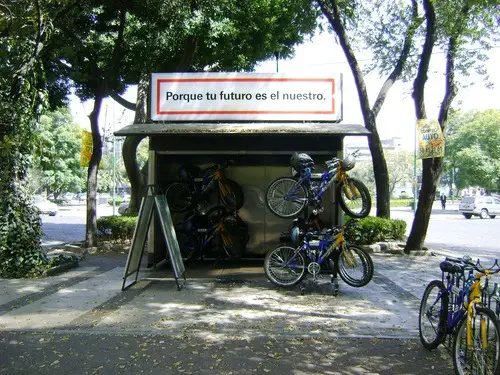Bus rapid transit (BRT) systems have been touted as a great transport solution for cities all over the world. They have many advantages of underground and rail systems, but are cheaper, faster and easier to build, and more flexible. The cost of a BRT system can be as high as 25 million dollars per mile, but rail systems can go anywhere from 70 to 200 million per mile. There’s no need for excavations like with underground systems, and designating lanes is much easier than setting tracks for rail. Also, buses can go where other systems cannot.
BRT design is simple: buses running in designated lanes with designated stops. It sounds quite easy, but it can be a challenge especially for cities in the developing world that struggle with informal transport. These cities not only have some of the worst traffic problems, they have virtually no institutionalization for bus transport. This can mean different things to different cities, but it boils down to a chaos of routes and fare-fight between drivers. Cities in the developing world also have problems with bureaucratic procedures like permits for operating a fleet of buses. All this disorganization is actually a reflection of the weakness of local governments.
However, BRT can help cities transform how they handle transport, and that is ultimately one of its most important but hidden advantages. Because the systems are different from usual bus networks, they require special management. Some cities have relied on public-private partnerships, where the city government handles regulation and infrastructure, while the drivers whose route the BRT is replacing take charge of daily operations. This approach helps with reducing opposition to the system by including critical actors in the decision process for transport policy. This scheme has been very efficient for the operations and financial health of BRT projects, especially in Latin America.
The public-private approach is also related with better service for commuters. City governments benefit from the partnerships’ institutionalization because it helps them to better regulate what is happening with the city’s bus network. Thus, BRT helps local governments overcome their weakness in transport policy and catalyzes change for cities that desperately need better transport solutions.
Photo: bvohra


